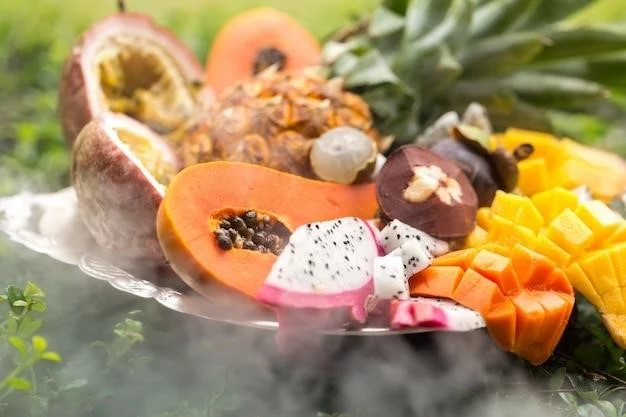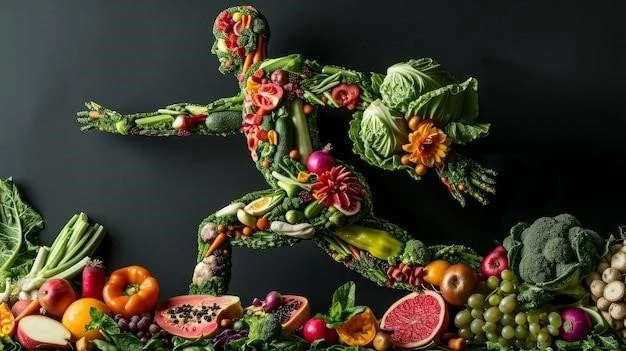For many adventurous eaters, experiencing a new culture goes beyond sightseeing and immerses them in the heart of local cuisine. If you consider yourself a global gourmand, then this list is for you. From the bustling markets of Southeast Asia to the remote plains of Mongolia, here’s a culinary journey that will tantalize your taste buds and leave you with unforgettable memories.
Asia
1. Balut (Philippines, Vietnam, Cambodia)
Perhaps one of the most notorious entries on this list, balut is not for the faint of heart. This fertilized duck embryo is boiled and eaten in the shell. While the visual might be jarring, balut is a beloved street food, praised for its rich, savory flavor and chewy texture.
2. Century Egg (China)
Despite the name, century eggs aren’t actually preserved for a century, though it might seem like it! Duck, chicken, or quail eggs are preserved in a mixture of clay, ash, salt, quicklime, and rice hulls for weeks or months. This process transforms the yolk into a dark green, creamy center with a pungent aroma, often described as “ammonia-like” or “sulfuric”. The white turns into a dark brown, jelly-like substance.
3. Sannakji (South Korea)
If you’re looking for a truly interactive dining experience, look no further than sannakji. This dish features live octopus tentacles, chopped and seasoned with sesame oil. The still-active suction cups pose a delightful challenge as they cling to your mouth while you chew.
4. Shiokara (Japan)
Shiokara might be the most polarizing food on this list. Various marine animals, often squid or fish, are fermented in their own viscera and salt for weeks or months. The resulting paste has an intensely salty, pungent, and fishy flavor that can be overwhelming for first-time tasters.

Africa
5. Mopane Caterpillars (Southern Africa)
A staple in parts of Southern Africa, mopane caterpillars are a surprisingly sustainable and nutritious food source. They’re often dried and eaten as a crunchy snack or cooked into stews and sauces, offering a unique earthy flavor.
Europe
6. Casu Marzu (Sardinia, Italy)
This sheep’s milk cheese takes the concept of “aged” to a whole new level. Casu marzu is deliberately infested with cheese flies, whose larvae break down the fats and create a soft, almost liquid texture. Be warned, it’s considered unsafe to eat once the maggots have died.
7. Hákarl (Iceland)
This Greenland shark dish is not for the uninitiated. The meat is poisonous when fresh due to high levels of urea, so it’s buried underground for weeks to ferment and detoxify. Hákarl has a strong, ammonia-rich flavor and pungent aroma that many find challenging.
North America
8. Rocky Mountain Oysters (USA)
Don’t let the name fool you; these “oysters” won’t be found in any shell. A delicacy in the American West, Rocky Mountain oysters are bull testicles, typically peeled, coated in flour, and deep-fried. They have a chewy texture and a mild, slightly gamey flavor.

South America
9. Cuy (Ecuador, Peru, Bolivia)
In the Andes region, cuy, or guinea pig, is more than just a pet; it’s a traditional food source. Roasted or fried whole, cuy is said to have a flavor similar to rabbit or dark meat chicken.
Oceania
10. Witchetty Grub (Australia)
A staple food for Aboriginal Australians for centuries, witchetty grubs are large, white, wood-eating moth larvae. Eaten raw, they have a creamy texture and a mild, nutty flavor. They can also be roasted until the skin becomes crispy, like popcorn.
This list just scratches the surface of the world of unusual and exotic food. So, embrace your inner culinary daredevil, step outside your comfort zone, and embark on a global food adventure that will challenge your palate and broaden your horizons!










